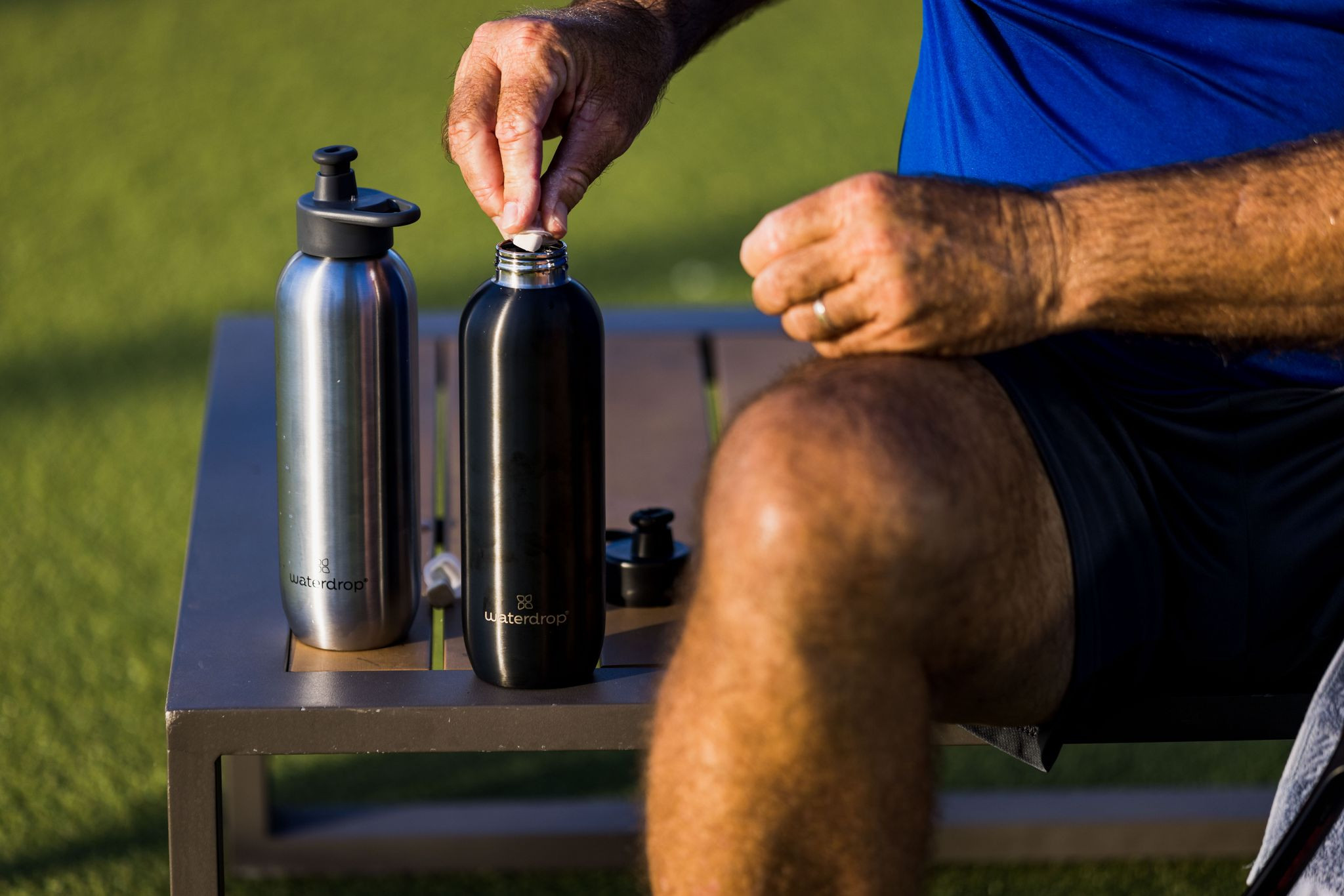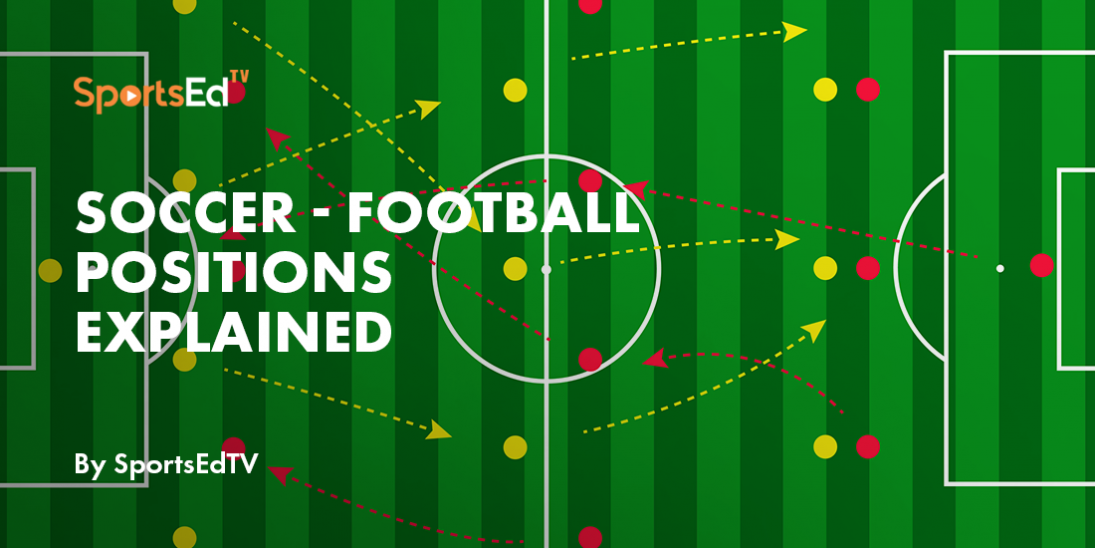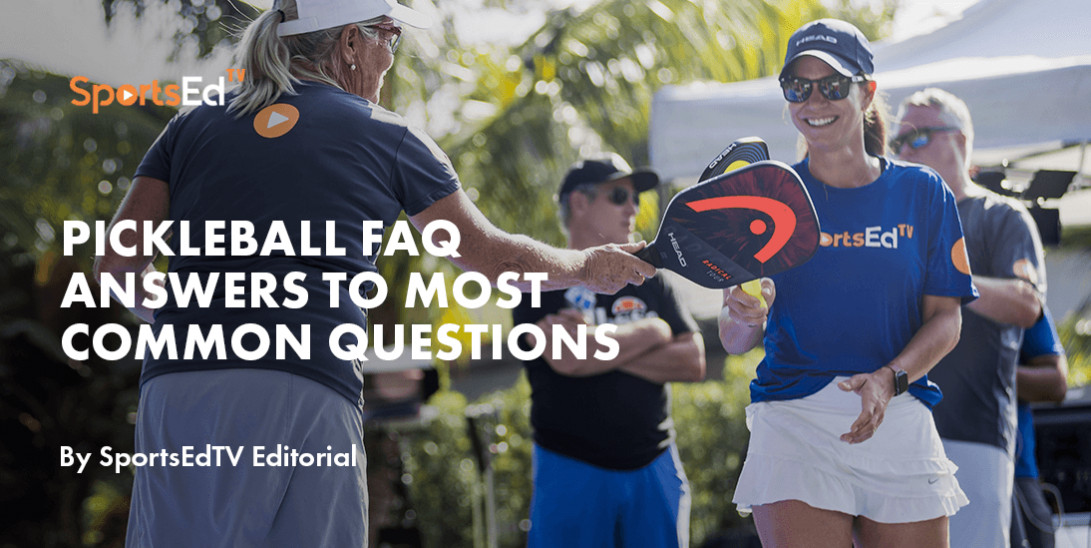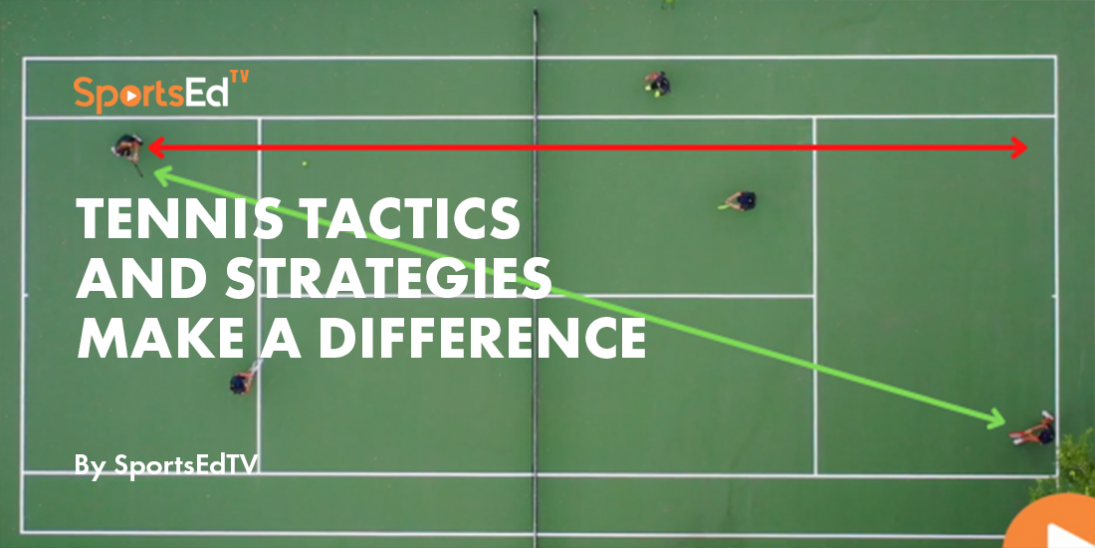Nutrition, Pickleball, Tennis
Welcome and thanks for visiting...

Drink For Hydration
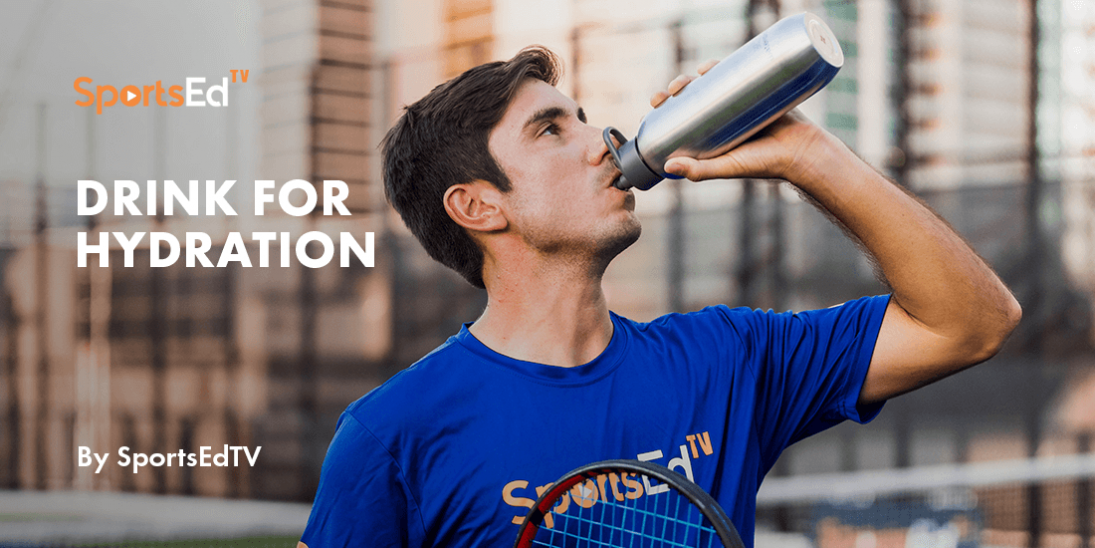
Any athlete worth his or her salt—or sodium in the case of this blog—knows a winning formula is a tripod that begins before the event, continues during it, and recovers afterward.
Skates get sharpened, hours of video get watched, then shots get smashed, balls get kicked, later equipment gets fixed, and scorebooks get read. Sports—before, during, and after.
The same sort of preparation, performance, and assessment needs to attend hydration—the secret sauce athletic bodies require if there's any chance for peak performance.
In this reading, the before part may very well be as important as the during and after parts. The before part parses the terms that attend to understanding hydration.
Hydration glossary
Hypohydration—is fancy for dehydrated or a body that needs water.
Hyperhydration—is equally fancy for a bloated body with too much water.
Euhydration—is fancy again for all is well in the body’s water department.
Dehydration—a generally understandable term that is really about the process of being on the way to being hypohydrated.
Hyponatremia, Exercise Associated—earns a very big NOT, frequently a medical emergency and potentially fatal that is a condition in the blood where sodium is severely lacking.
With those softened National Institute of Health definitions and an athlete’s dedication to practice performance, and prevention, let’s put the whole subject of hydration—the process of putting the body’s water scale in balance or, hydration, as smarty pants might say—into the before, after and after regimen dedicated athletes understand.
At the risk of overstating hydration quantities for our athletic readers, we speak in general terms, though point to this US Center for Disease Control guideline:
Calculate each athlete's sweat rate (sweating rate = pre-exercise body weight - post-exercise body weight + fluid intake - urine volume/exercise time in hours) for a representative range of environmental conditions, practices, and competitions.
The simplest way to get athletes to focus on their hydration needs is to teach them to compare pre-exercise and post-exercise body weights. If athletes lose weight, they need to drink more during the next practice. This gives the athletes immediate feedback about their drinking habits.
A simple way to assess fluid means would be to weigh the athletes before and directly after activity and then modify rehydration based on findings. If weight loss, hydrate more. If weight gain, hydrate less
Hydrating Means Drinking
Fluid intake, water, and its life and performance-enhancing electrolyte nutrients are the backbones of hydration.
Hydration Before Exercise
Athletes may get to the desired pre-competition hydrated balance by consuming enough liquids two to four hours before game time. The goal would be a pale pee before exercise. Note that foods with sodium may help with fluid retention during exercise.
In the intensity of preparation, some athletes overdo, while others underdo hydration regulation. Boxers and wrestlers in efforts to make proper weight classes can hypohydrate while athletes preparing for competition in heated environments can hyperhydrate, both of which have adverse effects during competition.
In the case of deliberate dehydration, those fighters risk the loss of endurance while the over-watered, over-achieving hydraters bring discomfort and balance into the equation, as well as risking hyponatremia when the intensity or heat or both turn up.
Hydration During Exercise
When it's game on, hydration takes big steps upward on the importance scale. One of the first symptoms is subtle and affects decision making, and motor skills are not far behind, so both are sure loser doses.
So here comes our sodium balance siren. It’s howling loudly in our sweat—no wonder it tastes salty. In the heat of the day and competition, sweat pours from athletes at different rates, and sweat carries other important electrolytes that need replacing, but salt is the best daddy.
Skeletal cramping, though mostly a fatigue issue, can occur due to dehydration and electrolyte imbalance. Athletes who sweat profusely and have a high sweat salt concentration are at a greater risk of cramping.
Fluid plans for individual athletes are varied, though many sources agree that when a liter of sweat is lost in an hour, the replenishment rate should be between four to eight-tenths for most. Importantly, before planning an individual's customized fluid, sodium, and electrolyte intake should be made, allowing for varying conditions. The cold liquid may help reduce core temperature, enhancing performance. Flavoring liquids will also encourage palatability and voluntary intake.
Beware in the heat of the game of over-hydrating and look for nausea, vomiting, headache, and confusion as early indications. The later hyponatremia, as warned, can include delirium, respiratory distress, seizures, and loss of consciousness.
Depending on the sport, sideline hydrating during breaks in the action is built into every team's strategic protocols and equipment. Individual sports rely on the players' personal responsibility to hydrate.
Hydration After Exercise
Most athletes finish exercising with a fluid deficit and may need to restore dehydration during recovery. Recovery should be modest yet surely include sodium and sodium chloride from food and fluids.
Athletes should not be advised to restrict sodium in their post-exercise nutrition, particularly when large losses are incurred. Since sweat losses and obligatory urine losses continue during the post-exercise phase, effective rehydration requires the intake of a greater volume of fluid.
Moderate caffeine and alcohol intake is encouraged post-play.



